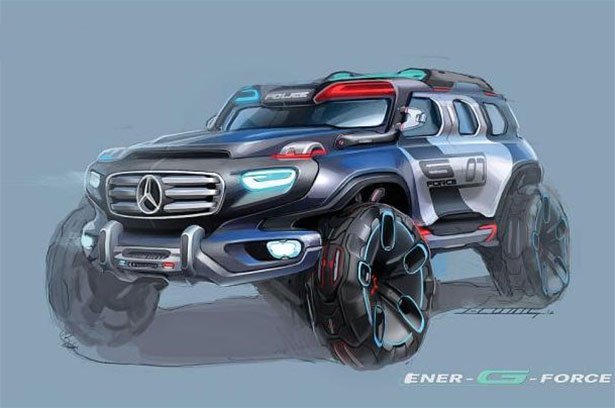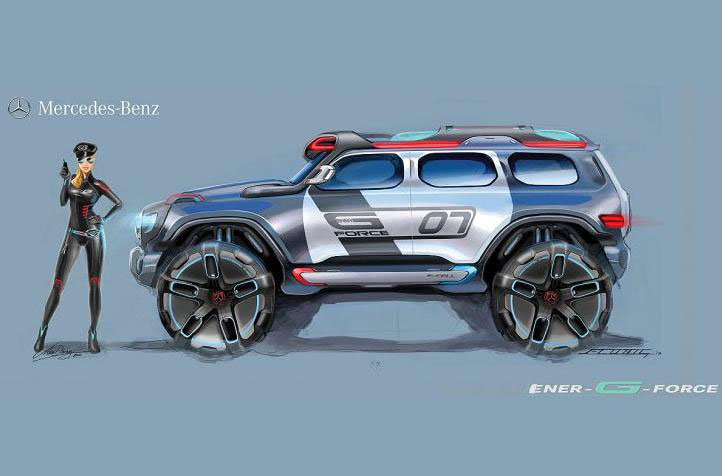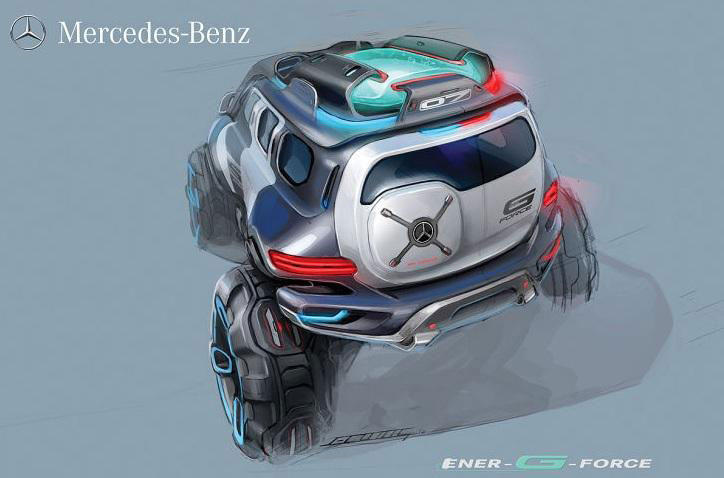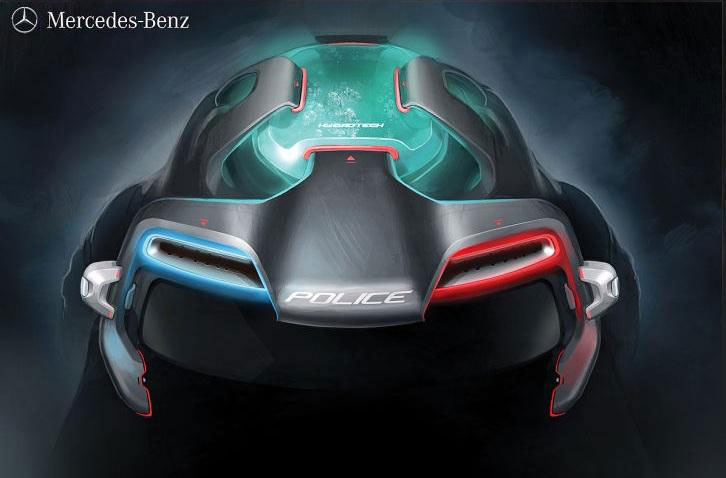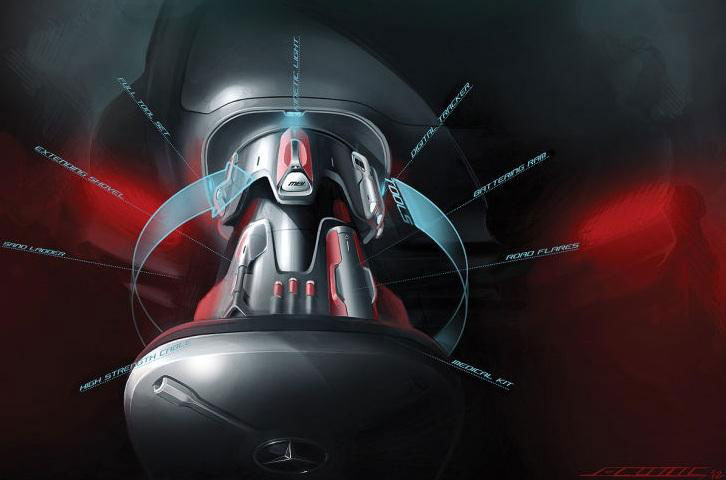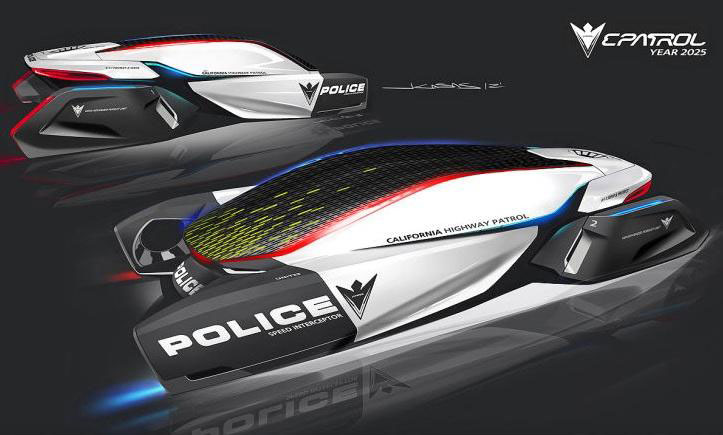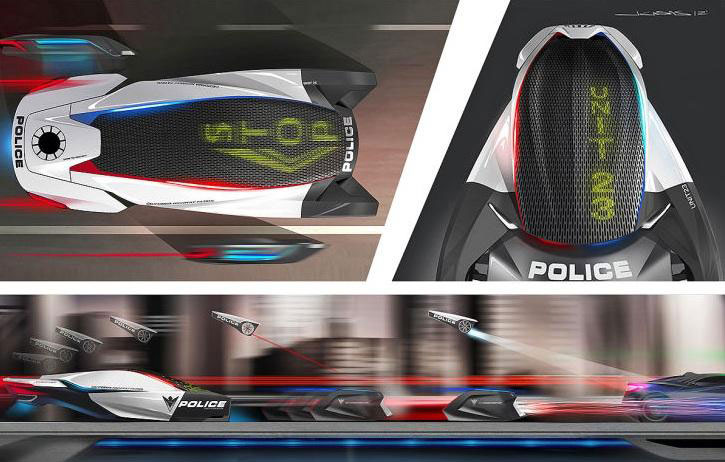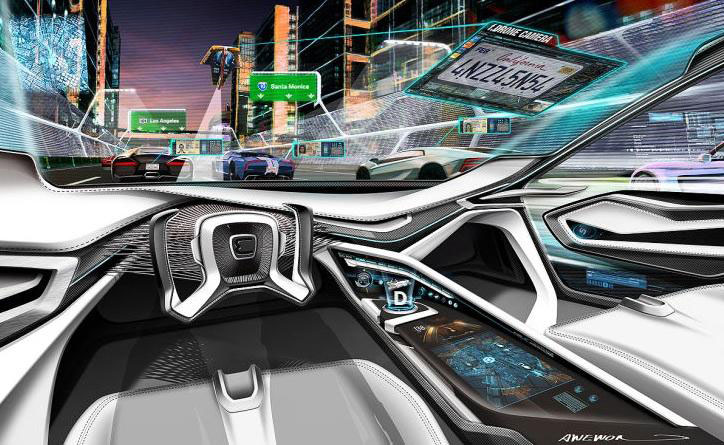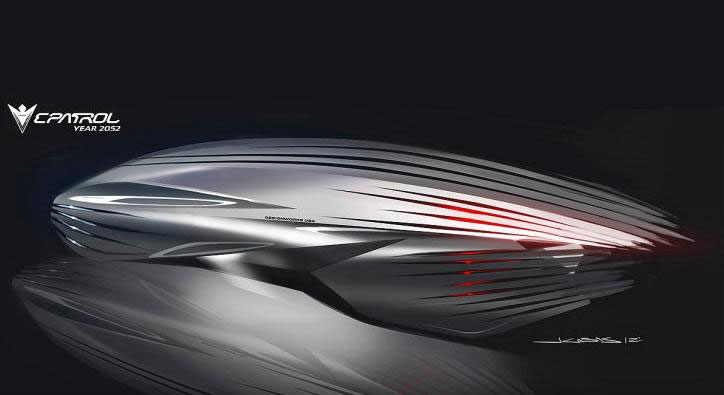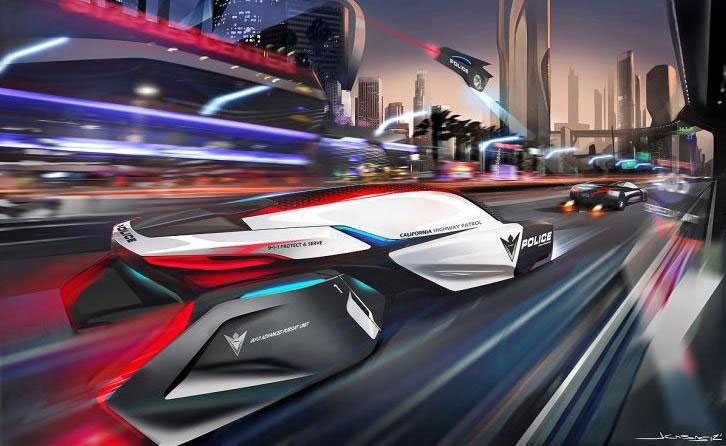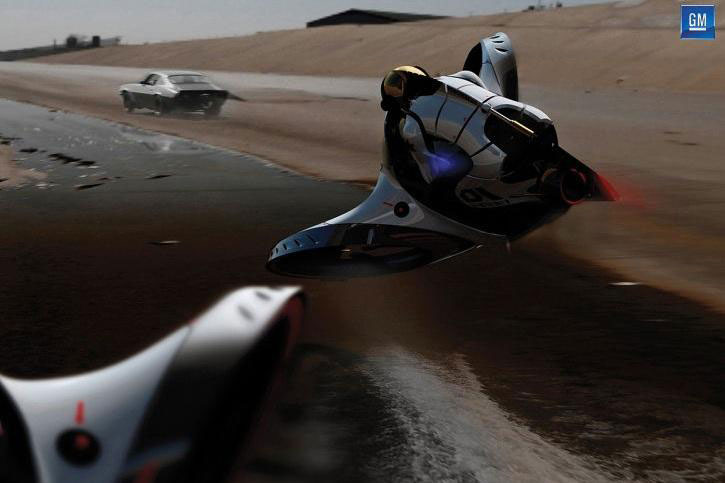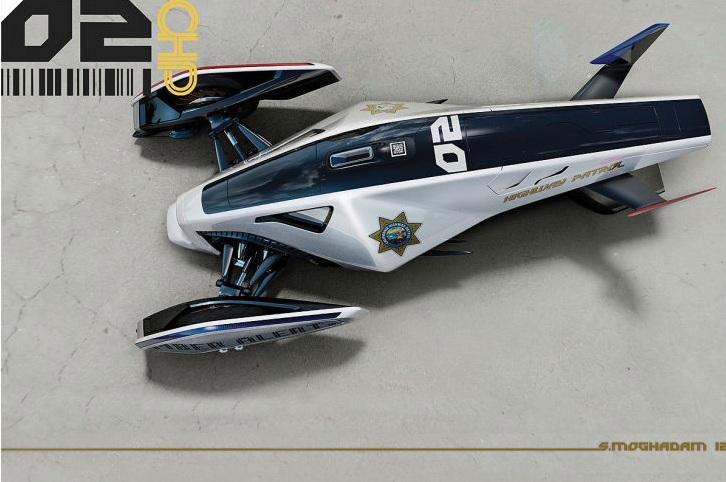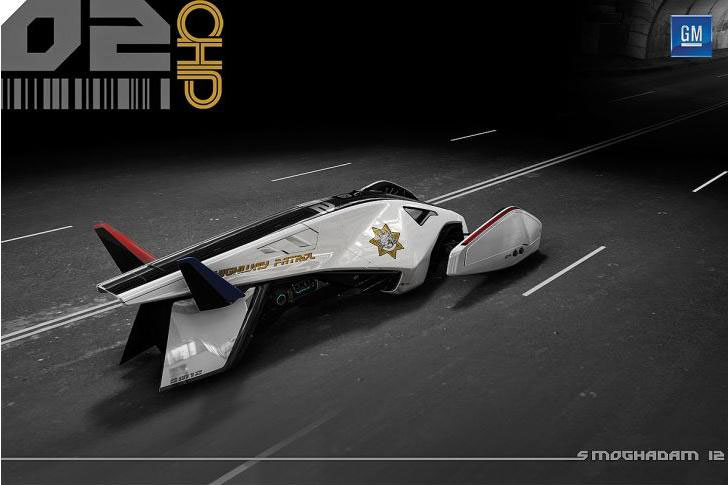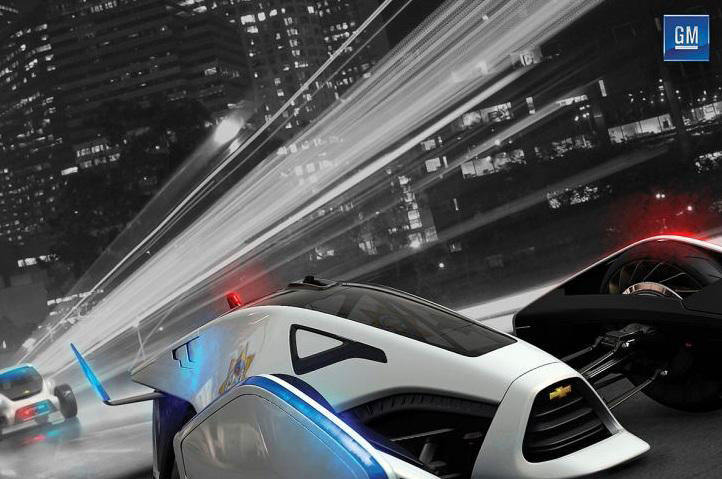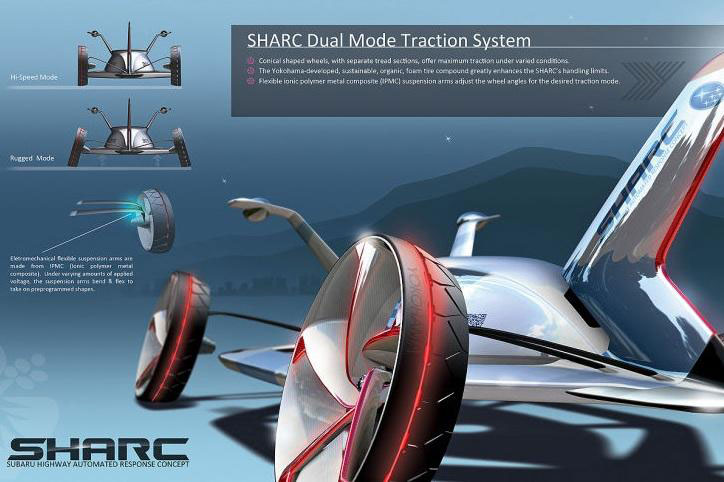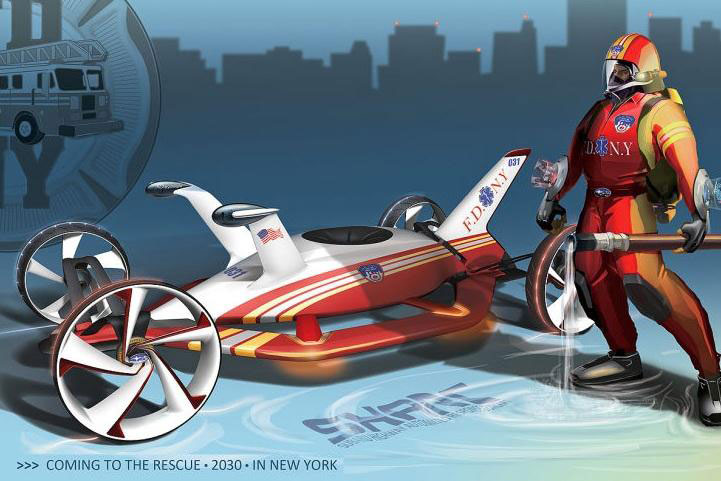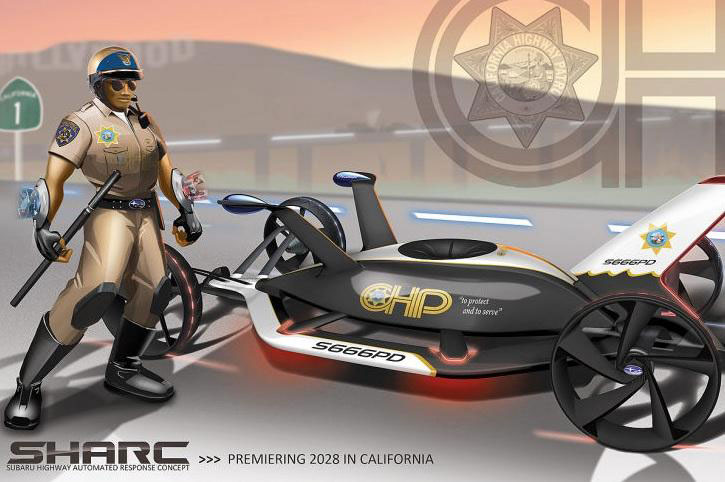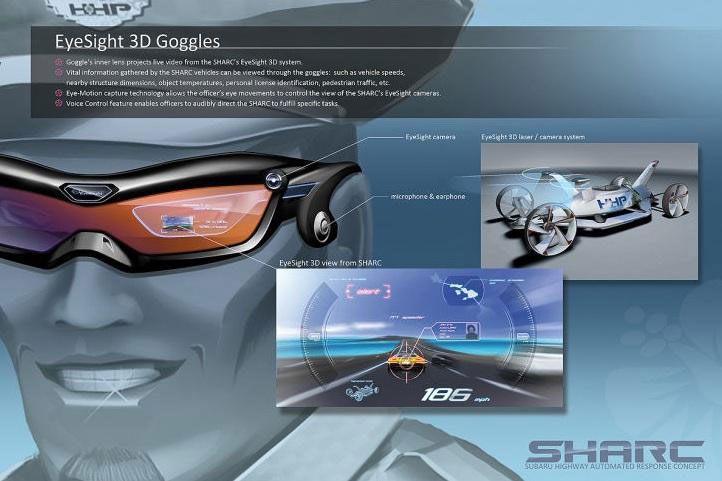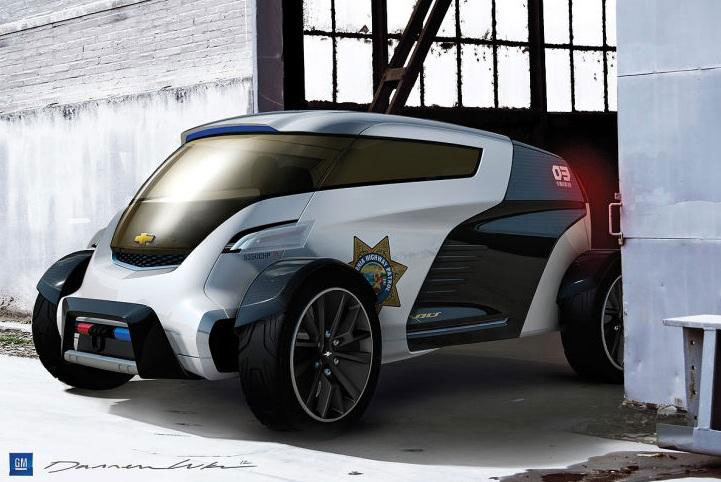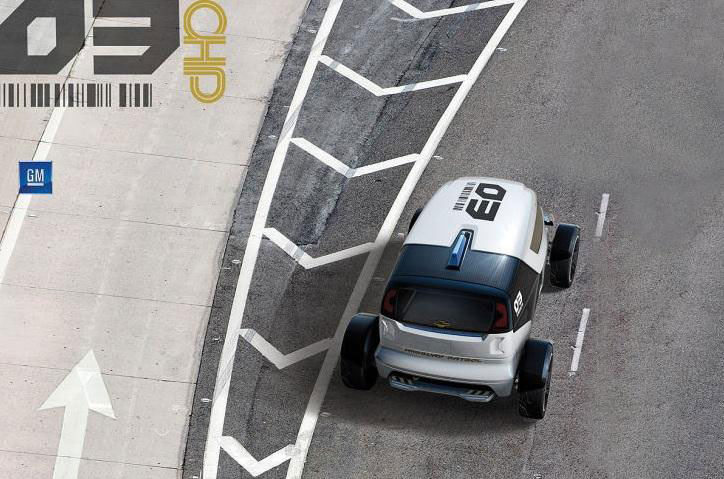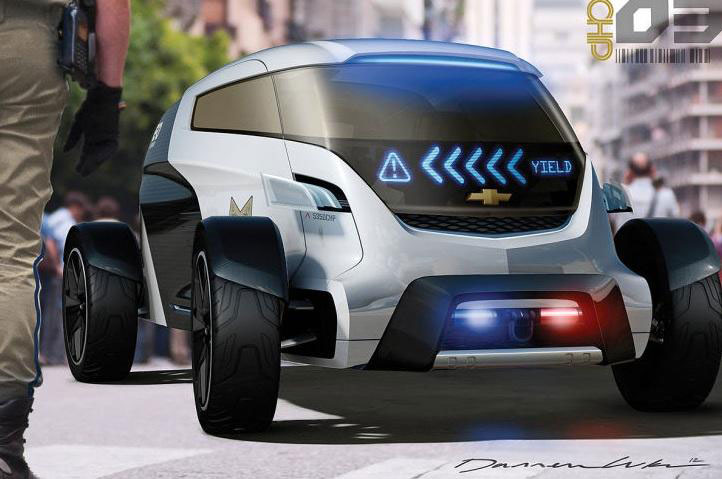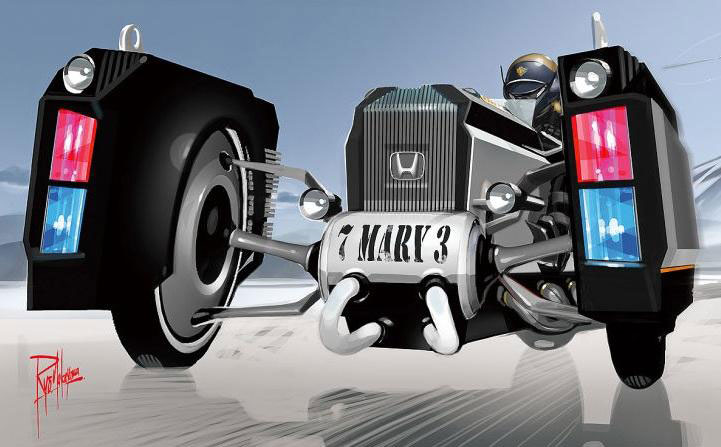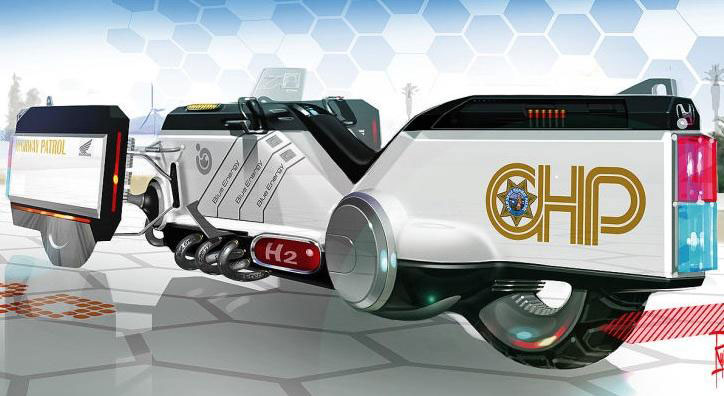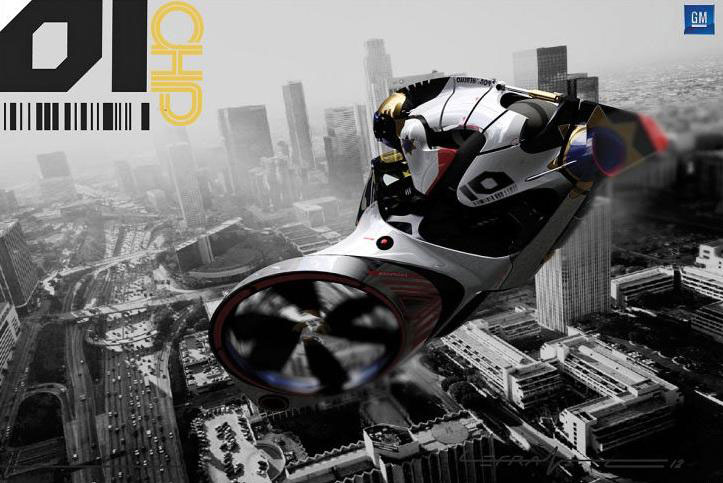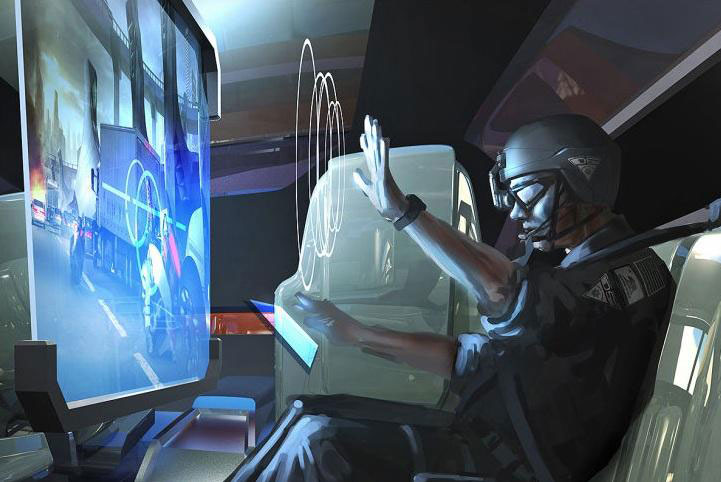Each year for the past nine years, the Design Challenge theme is chosen by the Design Los Angeles Board of Directors. The board is made up of a dozen design studio executives. Automotive design studios from around the world are invited to participate and this year, studios from Germany, Japan and the U.S. will compete to design “HIGHWAY PATROL VEHICLE 2025.”
This year’s Design Challenge asks automotive design studios to create a highway patrol vehicle that meets the challenges of a specific region’s transportation and societal conditions in 2025.
The vehicle should empower highway patrol officers to meet new demands and effectively both “protect and serve” the public while considering not just enforcement needs but emission concerns, population growth and transportation infrastructure, among other trends.
Entries are judged based on various factors including:
- Consideration of future needs for advanced technology, speed and agility on future freeway systems.
- Creativity of the solution.
- Meeting the defined region’s mandated emission standards if applicable.
- Environmental sensitivity: maintenance and recyclability.
Mercedes-Benz Research & Development North America, Inc.: Advanced Design Center California – Vehicle Title: Mercedes-Benz Ener-G-Force
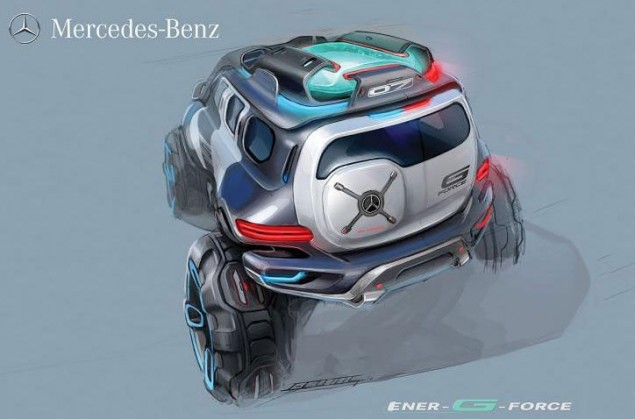
Design Team:
- Hubert Lee – Creative Director
- Jackson Luttig – Designer
- Sylvain Wehnert – Designer
- Armin Sinicki – 3D Sculptor
- Executive Design Support:
- Prof. Dr, h.c. Gorden Wagener – VP Mercedes-Benz Cars, Vans, and Trucks
- Mr. Steffen Koehl – Head of Advanced Design / Global Strategic Design
By 2025, law enforcement officers will need to adapt to even more crowded roads with electronically monitored and controlled traffic, a much larger population, and changes in human behavior. As the most environmentally friendly SUV, the “Mercedes-Benz Ener-G-Force” meets these requirements and helps police and crews around the world. In terms of design, the Ener-G-Force is based on the G-Class; the off-road icon that has been in production since the 1970s, and continues to shape the future as a structurally and technologically advanced SUV.
BMW Group DesignworksUSA – Vehicle Title: DesignworksUSA E-Patrol (Human-Drone Pursuit Vehicle)
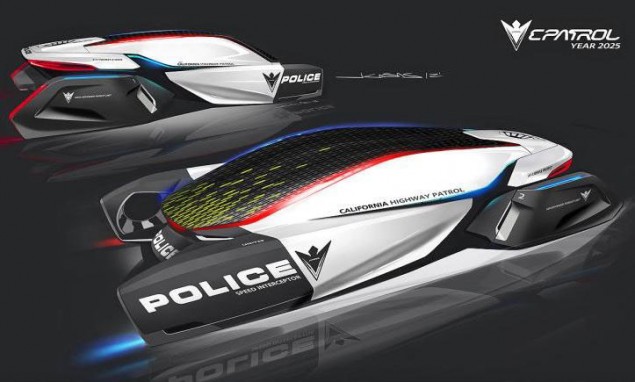
Design Team:
- Jose Casas – Designer
- Won Awe – Designer
The BMW Group DesignworksUSA team chose Los Angeles as the region to create a 2025 scenario for the E-Patrol (Human-Drone Pursuit Vehicle). Their research predicted that Los Angeles would have more traffic, faster vehicles, and vehicles with alternative fuel sources. The design centered on a modular structure and drone technology that enhanced both teamwork and accessibility. The main structure can deploy three drones. In the case of a pursuit during heavy traffic areas, the patrol officer sitting in the two passenger main structure can deploy either the flying drone or one of the single wheel drones to chase the suspect and report back data to the main structure.
General Motors Advanced Design California – Vehicle Title: Volt Squad

Design Team:
- Frank Saucedo – Design Director
- Phil Tanioka – Design Project Manager
- Brent Wickham – Concept Strategist
- Charles LeFranc – Observe Vehicle Designer
- Shawn Moghadam – Pursue Vehicle Designer
- Darren Luke – Engage Vehicle Designer
- Thamer Hannona – Storyboard Designer
General Motors has created a new electric vehicle system, the Volt Squad, to meet the challenge of a highway system now brimming with cutting edge technologies. The Volt Squad is a three vehicle fleet, designed around the concept of OBSERVE, PURSUE and ENGAGE. Each vehicle has a clearly defined situational role; delivering superior flexibility, presence and capability for the CHP. At the core of the vehicle’s architecture is the VOLT advanced, electronic, propulsion system.
Honda R&D Americas, Inc., Advanced Design Studio, California – Vehicle Title: Honda CHP Drone Squad
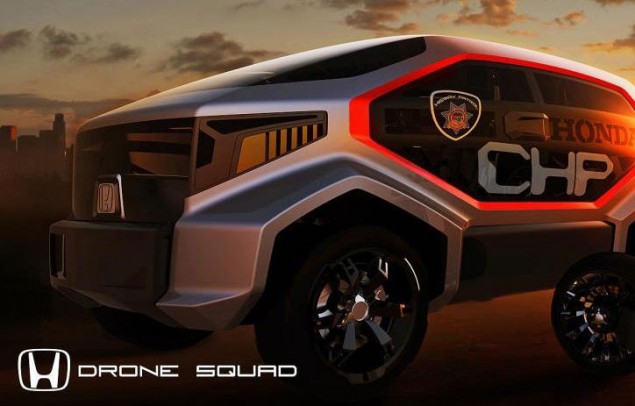
Design Team:
- Jason Wilbur
- Eddie Birtulescu
- Raj Rihal
Honda Advanced Design has created the CHP Drone Squad, a vehicle-based-system for 2025 designed to work efficiently and seamlessly in the harsh environment of California highways without the need for new infrastructure. The Drone Squad is comprised of a 2 vehicle system. The Auto-Drone operates as a manned or un-manned mission control vehicle which deploys Moto-Drones and can do so on the move. Moto-Drones are un-manned motorcycles capable of being rigged for multiple response or rescue missions.
Honda R&D Company, Ltd., Advanced Design Studio, Tokyo – Vehicle Title: Honda “CHiPs” 2025 Traffic Crawler
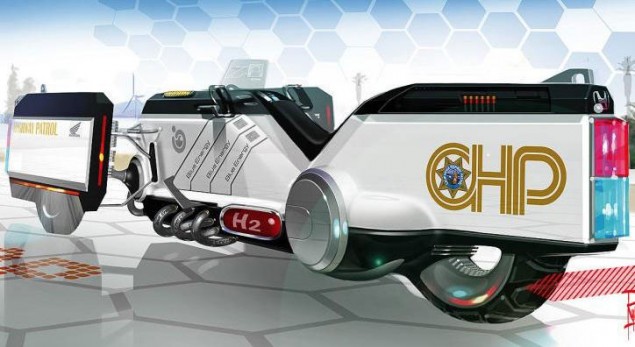
Design Team:
- Ryo Nakayama
Honda R&D Japan’s “CHiPs” 2025 Traffic Crawler offers key features that the central office of the California Highway Patrol needs as they adjust to changes in the traffic environment in 2025 where, in addition to conventional traffic problems, vehicles freed from environmental constraints are getting bigger. Despite the transition period to safe automatic driving, the traffic environment is again becoming confusing and challenging as California resumes its once flourishing car culture. In response to the need for strict traffic enforcement, Honda designed a new patrol vehicle that offers sporty mobility with the toughness to respond in severe traffic situations.
Subaru Research and Development, Inc. – Vehicle Title: SHARC (Subaru Highway Automated Response Concept)
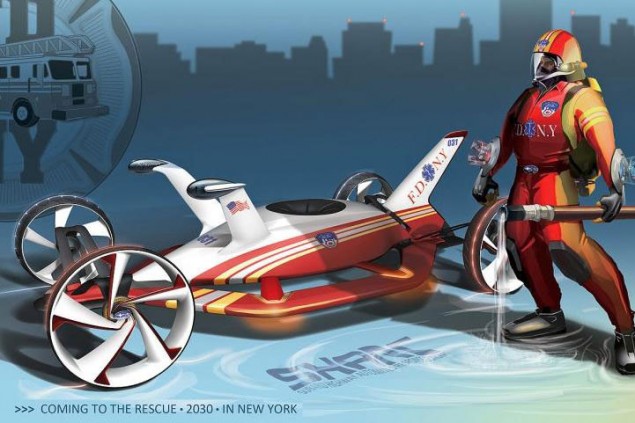
Design Team:
- David Cohen – Project Leader
- Matt Wherry – Vehicle Design
- David Cohen – Vehicle Design
- Masashi Kaneda – Character Design
- Digital Modeling :
- Teru Kobayashi
- Takamitsu Watanabe
- Hang Hui Yao
With the grand opening of Hawaii’s sparkling new inter-island Paradise Highway, Subaru debuts the cutting-edge SHARC (Subaru Highway Automated Response Concept). SHARC highway patrol vehicles will provide an innovative, affordable, and environmentally conscious solution for 24-hour highway monitoring, protection, and rapid emergency response. Meeting Hawaii’s strict UltraGreen carbon-neutral environmental regulations and reflecting a trend for reduced highway patrol budgets worldwide, zero-emission SHARC vehicles are powered by renewable energy and operate autonomously, eliminating the need for a large full-time highway patrol staff.
